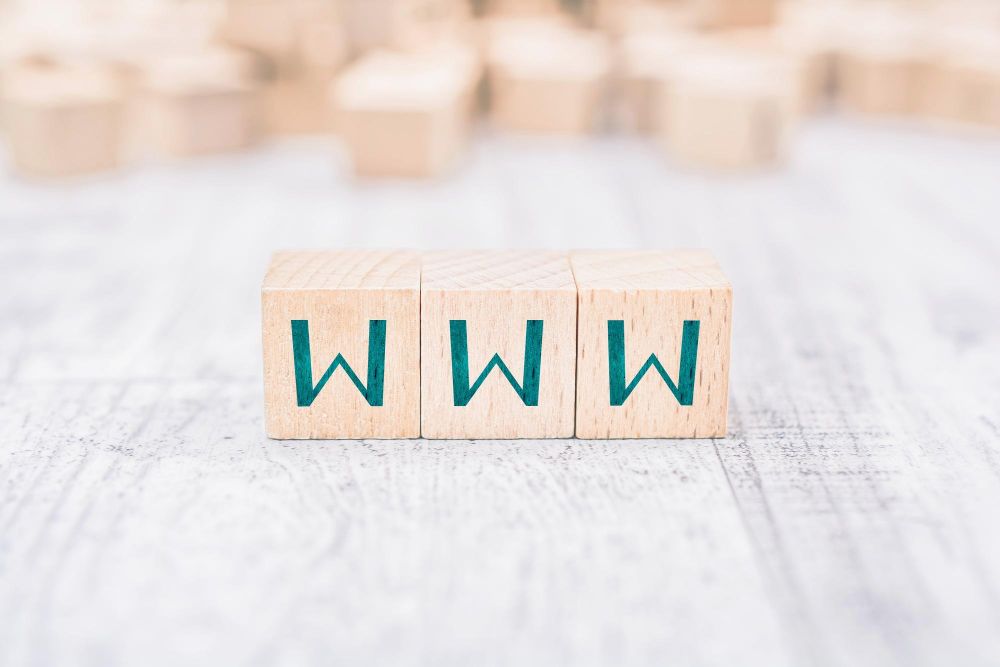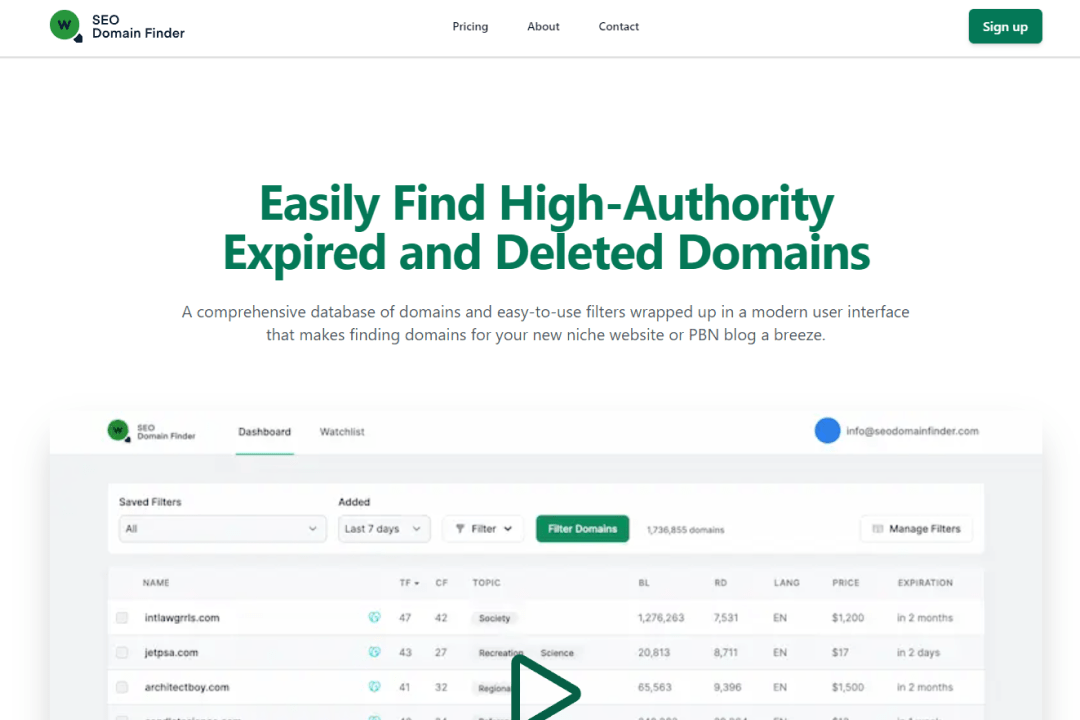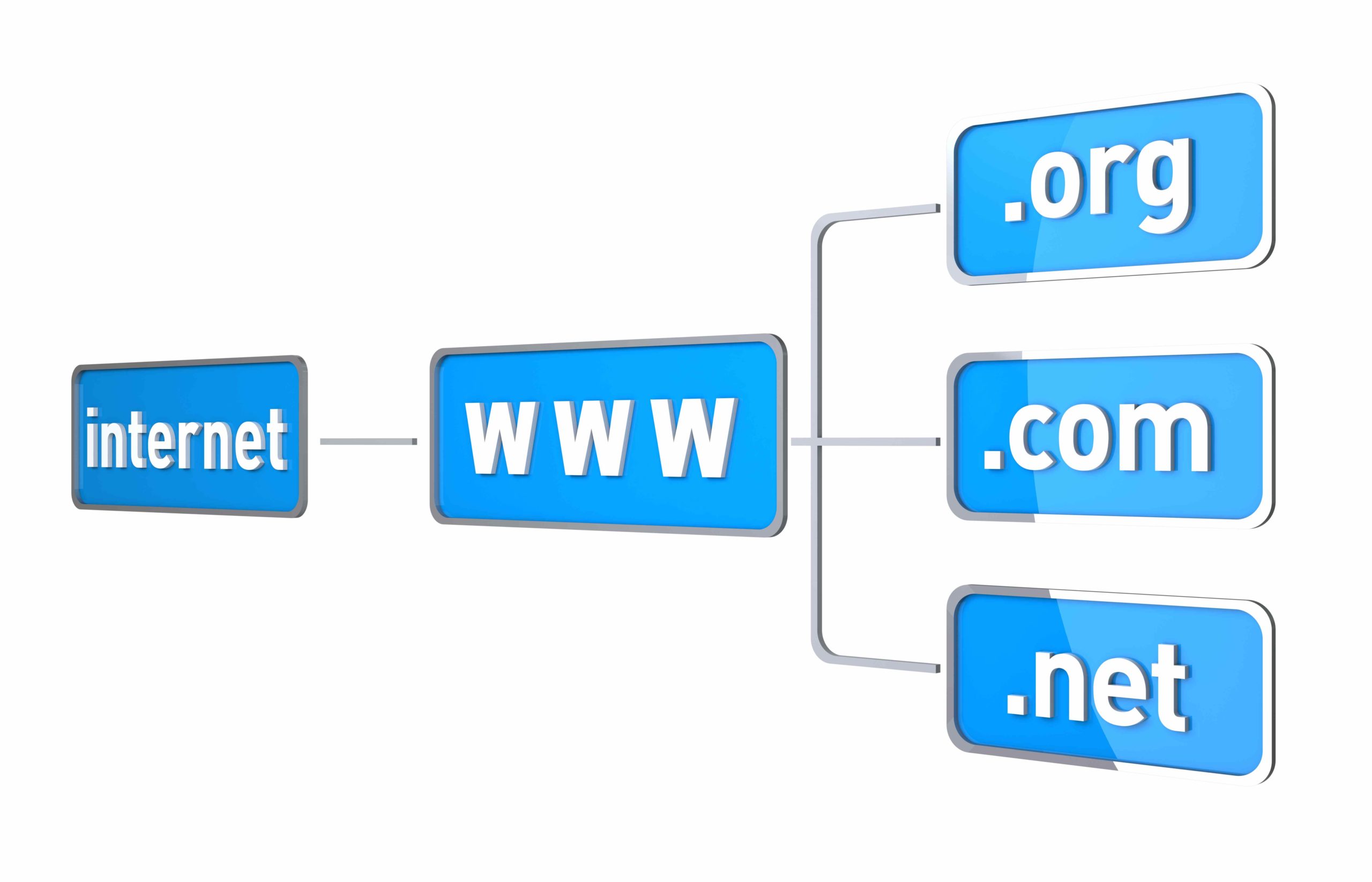
An email domain is the web address that comes after the @ symbol in an email address. It usually refers to the name of the organization or company that owns the email address and is often the same as the domain name.
In this article, we’ll delve into the basics of email domains, what they are, and why they matter.
Key Takeaways
- An email domain is the web address that comes after the @ symbol in an email address. It is often the same as the company’s website domain name and helps recipients quickly identify who the email is coming from.
- When choosing an email domain, it’s essential to consider your brand and your organization’s name, as it will help establish credibility and make it easier for customers to recognize and trust your communications.
- Email domains are critical for email communication, as they help establish credibility and build trust with recipients.
- Email domains can drive sales by increasing the likelihood of people opening your email and attracting new leads and conversions.
- To register an email domain name, you’ll need to find a host or service provider that can ensure your email is secure and works properly. This provider will offer various email plans and prices tailored to your business needs, which may include features like easy migration from your email provider, webmail, ad-free email, spam filters, and email storage.
What Does Email Domain Mean?
An email domain is the web address that comes after the @ symbol in an email address. It usually refers to the name of the organization or company that owns the email address and is often the same as the domain name. For example, in an email address like Johndoe@company.com, “company.com” is the email domain.
Email domains are essential for email communication, as they help recipients quickly identify who the email is coming from. Most businesses create custom email domain names for their employees, which can help establish credibility and make it easier for customers to recognize and trust their communications.
Owning an email domain for your company has several benefits. For example, a personalized domain can build trust with recipients, as they will quickly identify the source of the message and know they won’t receive any email threats.
Additionally, using a custom email domain can help drive sales by increasing the likelihood that people will open your email and attract new leads and conversions.
When choosing an email domain, it’s essential to consider your brand and the name of your organization. Ideally, your email domain should match your website domain to make it easier for recipients to recognize and remember your brand. Choosing a short and easy-to-remember domain name is also important, as this can help avoid typos and make it easier for correspondents to type your email address correctly.
To register an email domain name, you’ll need to find a host or service provider that can ensure your email is secure and works properly. This provider will offer various email plans and prices tailored to your business needs, which may include features like easy migration from your email provider, webmail, ad-free email, spam filters, and email storage.
Overall, an email domain is a critical component of email communication and can help establish credibility, build trust, and drive sales for your business. By choosing a unique and memorable email domain, you can create a professional and recognizable brand that will help you stand out in a crowded inbox.
How to Get an Email Domain?
Getting an email domain is a relatively straightforward process. Here are the basic steps to get one:
- Choose a domain registrar: To purchase your domain name, select a reputable registrar. Popular options include GoDaddy, SEO.DOMAINS, and Namecheap.
- Check domain availability: Use the registrar’s domain search tool to see if your desired domain name is available. If it’s already taken, you may need to get creative or consider alternative domain extensions.
- Purchase the domain: Once you find an available domain name that suits your needs, proceed to purchase it through the registrar’s website. Be sure to review the pricing and any additional services or features included with the domain registration.
- Set up email hosting: After purchasing your domain, you’ll need to set up email hosting to create and manage email accounts using your domain name. Many domain registrars offer email hosting services, or you can choose a separate email hosting provider.
- Configure DNS settings: To link your domain with your email hosting provider, you must configure the Domain Name System (DNS) settings. This typically involves updating the MX (Mail Exchange) records to point to your email host’s servers.
- Create email accounts: Once the DNS settings are configured, you can start creating email accounts using your domain name. Most email hosting providers offer user-friendly interfaces for managing email accounts, where you can set up mailboxes, aliases, and other configurations.
- Access your email: After setting up your email accounts, you can access them using an email client or a webmail interface provided by your email hosting provider.
How to Choose an Email Domain?
Choosing an email domain involves considering several factors to ensure it effectively aligns with your needs and represents your brand. Here’s a guide to help you choose the right email domain:
- Reflect your brand: Your email domain should reflect your brand identity. Ideally, it should incorporate your brand name or a variation of it. For businesses, using the company name as the email domain (e.g., yourname@yourcompany.com) is a common practice.
- Keep it simple and memorable: Choose a domain name that is easy to spell, pronounce, and remember. Avoid using hyphens, numbers, or unusual spellings that could confuse recipients. Learn our tips for choosing the right domain name.
- Consider the extension: Decide on the domain extension (e.g., .com, .org, .net) that best suits your needs. While .com is the most popular and widely recognized, there are many other options available, including country code extensions (e.g., .rs, .ro, .pl) and industry-specific extensions (e.g., .tech, .store).
- Think about email security: Consider implementing email authentication protocols such as SPF, DKIM, and DMARC to enhance the security and deliverability of your email messages. These measures help prevent spoofing and phishing attacks.
- Professionalism: For business purposes, prioritize professionalism in your email domain. Avoid using free email services (e.g., @gmail.com, @yahoo.com) for business communication, as they can undermine your credibility and professionalism.
By considering these factors and conducting thorough research, you can choose an email domain that effectively represents your brand, fosters trust with recipients, and meets your communication needs.
Differences Between an Email Domain and a Website Address
An email domain and a website address serve different purposes but are often related. Here are the key differences:
Function
- Email Domain: An email domain is used solely for sending and receiving email messages. It consists of the domain name followed by an email-specific extension (e.g., yourname@yourcompany.com).
- Website Address (URL): A website address, also known as a URL (Uniform Resource Locator), is used to access specific web pages on the internet. It typically begins with “http://” or “https://” followed by the domain name and possibly additional path information (e.g., https://www.example.com/about).
Usage
- Email Domain: Email domains are used for communication purposes, allowing individuals and organizations to send and receive emails using their own custom domain names.
- Website Address: Website addresses are used to access websites and web pages hosted on servers. They enable users to view and interact with online content, such as articles, images, and services.
Components
- Email Domain: An email domain consists of two main parts: the domain name (e.g., yourcompany) and the domain extension (e.g., .com, .org). Together, they form the unique identifier for email addresses associated with a particular domain.
- Website Address: A website address comprises the protocol (e.g., http:// or https://), the domain name (e.g., example.com), and optionally, additional path information (e.g., /about) or parameters that specify specific content or actions on the website.
How to Check Email Domain Reputation?
To assess whether you’re receiving potentially harmful emails or unwanted spam, it’s important to understand how to check an email domain’s reputation. This process involves evaluating the sender’s reliability, trustworthiness, and deliverability.
Here are three steps to guide you:
- First, examine the email domain’s sender score. Websites such as Sender Score offer an assessment of the domain’s reputation based on a variety of factors, including complaint rates and unknown user rates.
- Second, investigate the email domain’s deliverability statistics. A higher rate usually signifies a better reputation.
- Finally, utilize tools like MXToolbox to determine if the domain appears on any email blacklists.
Conclusion
An email domain is a crucial part of online communication, allowing you to send and receive messages. It acts as an identifier that separates your email address from others. While it shares some similarities with a website address, there are distinct differences that set them apart.
To get an email domain, you need to choose a suitable one that reflects your identity or your business’s identity. It’s essential to make this decision carefully, as your email domain communicates something about you or your organization.
In addition to selection, it’s also important to verify the reputation of an email domain. This step ensures that your chosen domain is credible, trustworthy, and not linked with any suspicious activities.
In conclusion, an email domain is more than a mere address. It represents your online identity and plays a significant role in how you’re perceived. Therefore, understanding what an email domain is, how to get one, how to choose the right one, and how to check its reputation is vital for any online user.











































































































